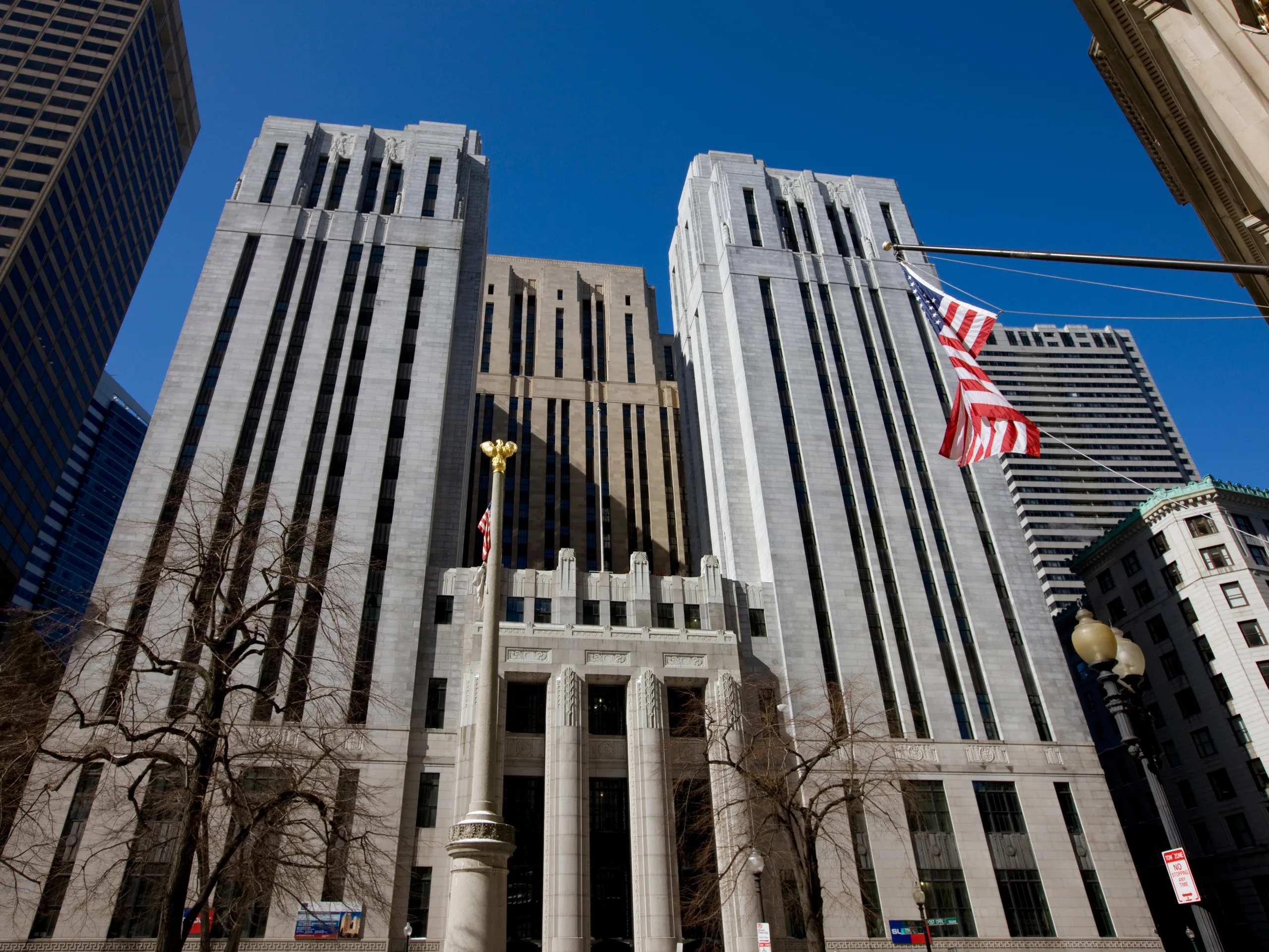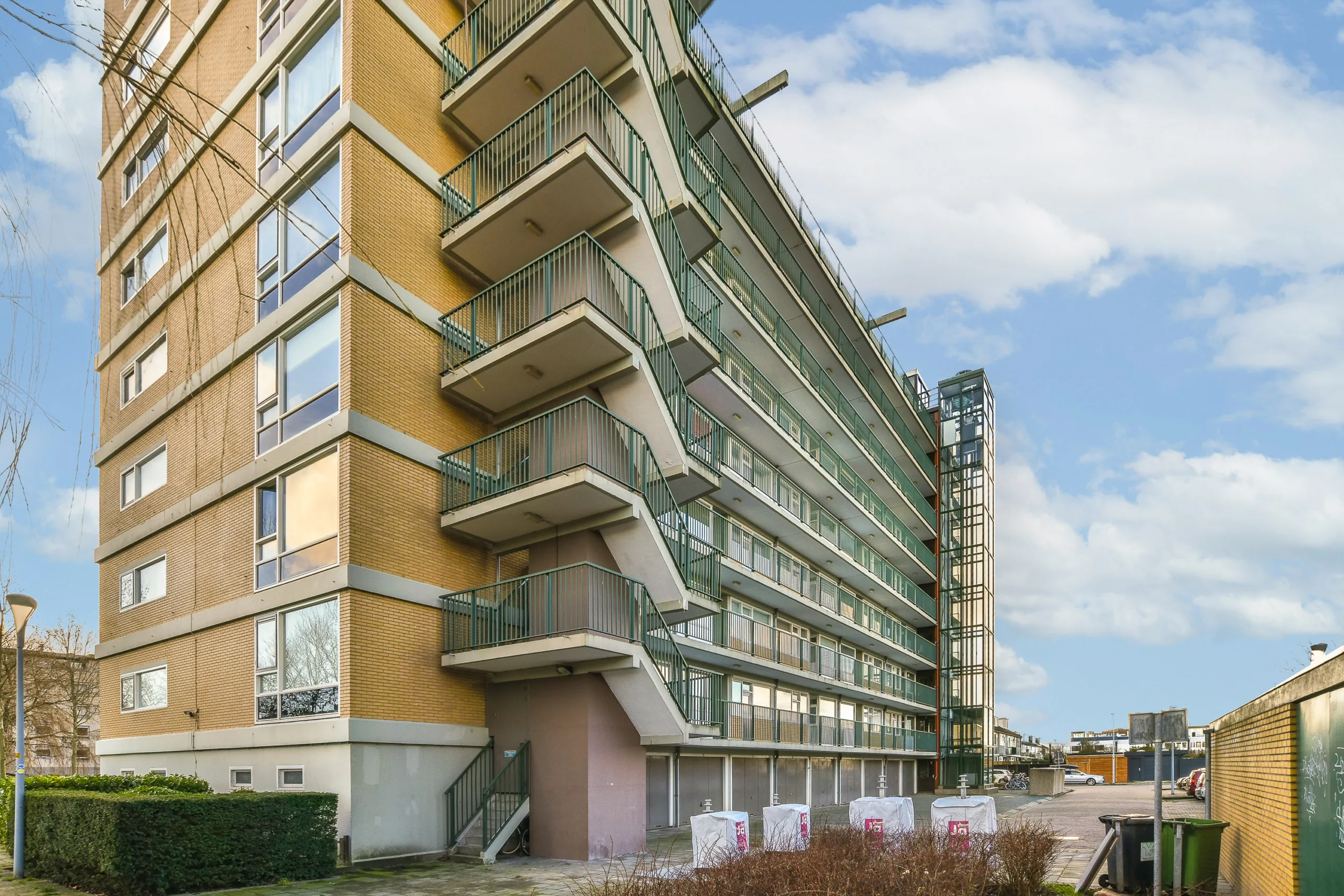- Banks, life companies, agencies, and private lenders are reentering the market, making debt capital more available and competitive for multifamily investors.
- The Federal Reserve’s recent rate cut signals a turning point, with expectations that borrowing costs will continue to ease into 2026.
- While some borrowers face financial strain, lenders are increasingly willing to negotiate and restructure, rather than foreclose.
- Multifamily debt is gaining share in the CMBS market, reflecting the sector’s resilience and growing investor interest.
A Market Turning Point
Multifamily investors are finally getting a break. Speaking at the Bisnow Multifamily Annual Conference Midwest (BMAC) in Chicago, industry leaders pointed to a dramatic shift in the lending environment after several years of tight capital and elevated interest rates. Samantha Miller, SVP of multifamily mortgage banking at KeyBank, called the resurgence of bank capital “the biggest theme of the year.”, per Key. She noted that more lenders are stepping up and offering competitive terms.
Debt Capital Comes Back
After a pullback in 2023, banks are back—offering aggressive quotes on both investment and construction loans. KeyBank, for example, has seen lending volumes rise 30% to 50% this year. Agencies and life companies are also active, and the commercial mortgage-backed securities (CMBS) market is showing renewed interest in multifamily deals. Miller noted multifamily could now make up as much as 30% of CMBS originations—up from the typical 10%.
Get Smarter about what matters in CRE
Stay ahead of trends in commercial real estate with CRE Daily – the free newsletter delivering everything you need to start your day in just 5-minutes
Restructuring, Not Repossession
While the capital outlook is improving, some borrowers are still navigating the fallout from variable-rate loans taken out during the low-interest era. As those rates reset higher, distressed deals have emerged. But rather than walk away, borrowers are working with lenders to fix balance sheets. Banks, in turn, are showing more flexibility, with ample capital available to recapitalize troubled assets.
Interest Rates Could Finally Fall
A major headwind has been interest rate uncertainty, but momentum is shifting. The Federal Reserve’s recent 25-basis-point cut—its first in years—has fueled optimism that borrowing costs may continue to fall in 2026. For the first time in three years, Miller said she believes rates will be lower a year from now.
Outlook: Stability Ahead
Panelists at BMAC forecast a more balanced capital market in 2026. In particular, agency lending—plagued recently by underwriting hurdles and fraud prevention constraints—is expected to become easier to navigate. “We’re seeing signs of stabilization,” said Miller. “Next year should bring more predictable lending and smoother deal execution.”
With more capital available and interest rates showing signs of retreat, the multifamily sector appears poised for a stronger year ahead. Investors who weathered the volatility of 2023 and 2024 may now be rewarded with a more favorable lending landscape and a return to growth.


















